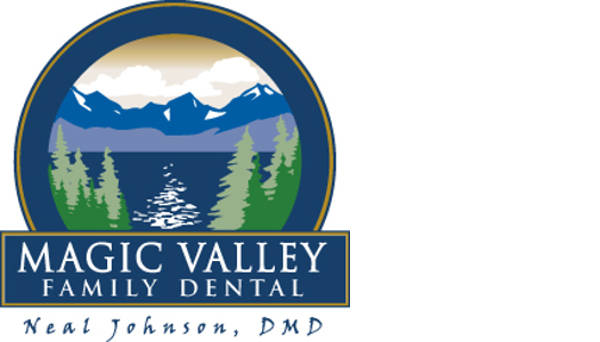COVID info
Here is the short version: We are limiting dental appointments temporarily to help preserve personal protective equipment for hospitals and doctors offices if needed. We will continue to see emergency patients as needed. This basically would mean trauma related injuries (teeth knocked out or partially knocked out), broken teeth that cause pain, tooth related infections swelling or cellulitis. I have all the more technical info below if you choose to read it. There is an after hours number on our answering machine. Please call it and leave a voicemail with your name, phone number, and a short description of the problem. If the dental emergency fits within the guidelines from the ADA and CDC we will make every accommodation we can to see you. This is for healthy patients with no symptoms or known exposure to anyone who has been infected with COVID-19. We can also be reached by email at info@mvfdental.com. Messages can be sent to us through our mvfdental facebook page. If you are using a mobile device we can be contacted through google maps and google search results. There is a link on their to send messages.
A lot of things are changing daily in terms of information we get. We will pass along any updates that we get as they come. Our practice has always and will continue to adhere to strict infection control procedures in sterilizing our instruments. We have always and will continue to strictly adhere to following universal precautions. This has been our standard to protect our patients from the beginning of our practice and always be.
Here is the longer version:
As part of the emergency guidance, the American Dental Association recommends only providing urgent dental care which “focuses on the management of conditions that require immediate attention to relieve sever pain and/or risk of infection and to alleviate the burden on hospital emergency departments.”
Examples of urgent dental care treatments, which should be treated as minimally invasively as possible, include:
• Severe dental pain from pulpal inflammation.
• Pericoronitis or third-molar pain.
• Surgical postoperative osteitis or dry socket dressing changes.
• Abscess or localized bacterial infection resulting in localized pain and swelling.
• Tooth fracture resulting in pain or causing soft tissue trauma.
• Dental trauma with avulsion/luxation.
• Dental treatment cementation if the temporary restoration is lost, broken or causing gingival irritation.
Other emergency dental care includes extensive caries or defective restorations causing pain; suture removal; denture adjustments on radiation/oncology patients; denture adjustments or repairs when function impeded; replacing temporary filling on endo access openings in patients experiencing pain; and snipping or adjustments of an orthodontic wire or appliances piercing or ulcerating the oral mucosa.
Nonemergency dental procedures, according to the Association, include but are not limited to:
• Initial or periodic oral examinations and recall visits, including routine radiographs.
• Routine dental cleaning and other preventive therapies.
• Orthodontic procedures other than those to address acute issues (e.g., pain, infection, trauma).
• Extraction of asymptomatic teeth.
• Restorative dentistry including treatment of asymptomatic carious lesions.
• Aesthetic dental procedures.
